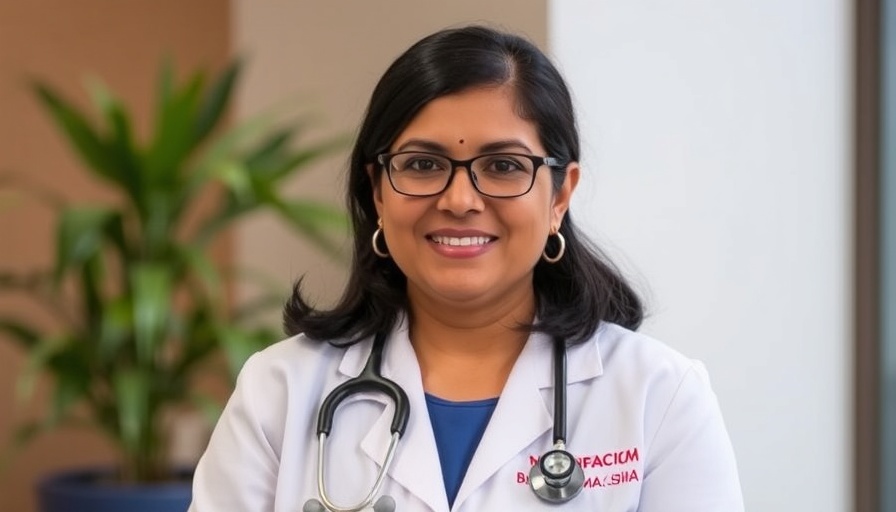
Oracle's Commitment to Modernizing Veterans' Healthcare
The collaboration between Oracle and the U.S. Department of Veterans Affairs (VA) marks a significant shift in the healthcare landscape for veterans. With Seema Verma expressing her excitement over the progress made, the ongoing efforts to modernize the electronic health record (EHR) system illustrate a dedication to enhancing patient care. This partnership aims to improve the functionality of health records, offering a secure and interoperable solution that addresses the unique needs of veterans and their healthcare providers.
Empowering Care through Enhanced Technology
Verma highlights the importance of enhanced technology in driving better health outcomes. As updates to the EHR system are implemented, patient satisfaction has notably increased. This technological advancement represents not only a shift in how care is delivered but also an opportunity for healthcare providers to streamline workflows and improve operational efficiency. The expectation is that with a modernized EHR system, healthcare professionals will be equipped with the tools necessary to deliver world-class care.
Future Implications for Healthcare Delivery
Looking ahead, the implications of this EHR modernization extend beyond immediate improvements. With the VA's intent to resume deployments in the next fiscal year, there is optimism that this initiative will serve as a model for future healthcare innovations across the nation. Veterans can expect a more coordinated approach to healthcare, where their health records follow them through life, enhancing the continuity of care they receive.
Emphasizing Collaboration and Shared Goals
The successful roll-out of the joint Department of Defense (DOD) and VA EHR system at the Captain James A. Lovell Federal Health Care Center exemplifies the potential of collaborative efforts in healthcare. The project not only aims to enhance veterans' experiences but also reflects a broader trend of interagency cooperation to improve health services at a national level.
Invitation to Stay Informed and Engaged
The modernization of the EHR system for veterans is just the beginning. As stakeholders in healthcare, it’s imperative to stay engaged and informed about these developments. To learn more about how advancements like this can change the future of healthcare, consider following relevant news updates and technologies that influence patient care delivery.
 Add Row
Add Row  Add
Add 




Write A Comment